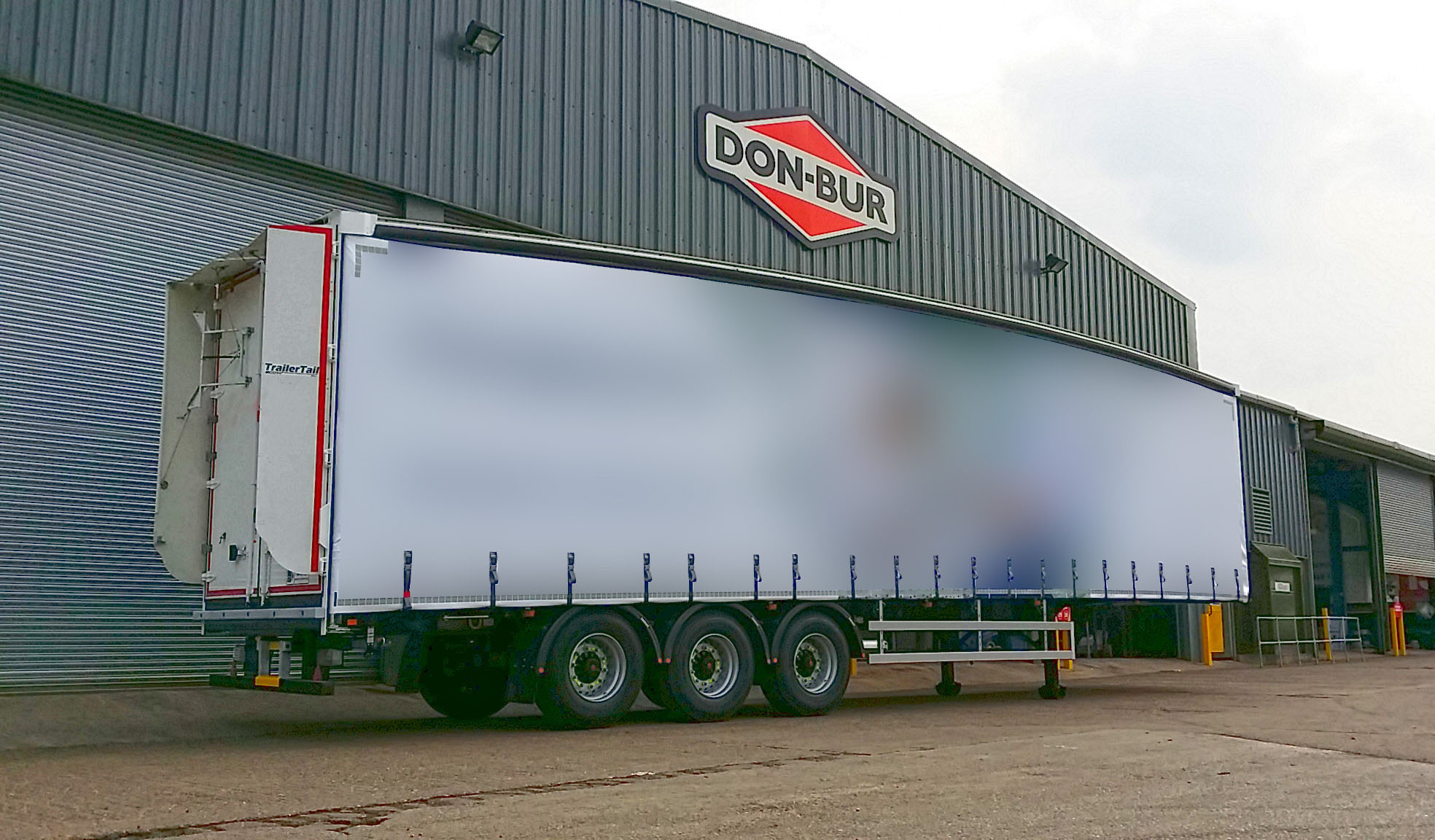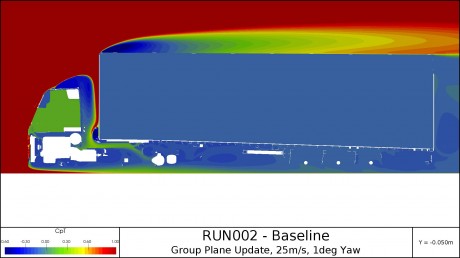On 14th February 2022, the UK government amended legislation to allow rear-mounted aerodynamic devices—commonly known as “boat-tails”—to be legally fitted to trailers on public roads in Great Britain.
The changes, implemented through an amendment to the Construction and Use Regulations (SI 2022/59), align UK law with European type approval frameworks and aim to promote safer, more environmentally friendly heavy goods vehicles.
What Changed?
Under the updated rules, rear-mounted aerodynamic devices:
-
Can extend up to 500mm from the trailer rear
-
May add 25mm per side, up to a total vehicle width of 2.6m
-
Must be foldable or retractable, ensuring they don’t compromise safety when reversing or operating in confined spaces
Crucially, these devices are excluded from the vehicle’s overall length and width calculations, provided they do not increase usable load space.
Fuel Savings and Environmental Benefits
A 2013 study estimated fuel savings of 7–13% when using rear aerodynamic devices. In Don-Bur's own operational trial of the TrailerTail on a standard curtainsider, the fitted trailer recorded a 7% fuel saving.
Based on an annual mileage of 80,000 miles and a diesel price of 128.38ppl, that could represent a saving of £3,394 and a CO₂ reduction of 7 tonnes per year.
This not only improves operating costs but contributes positively to sustainability reporting.
Practical Considerations
While the fuel-saving benefits are proven, operators should also consider the practical realities:
-
Boat-tails are mounted in one of the most damage-prone areas of the trailer
-
Many existing designs use lightweight GRP fins and mechanical folding mechanisms that may be vulnerable to impact
-
Repairs could offset savings if devices are damaged during routine operations, especially when reversing into docks
For this reason, boat-tail use is better suited to operations with lower risk of rear impact, such as trunking or motorway-based logistics.
DfT Guidance and Requirements
The Department for Transport recommends retracting or folding boat-tails when:
-
Operating in urban areas
-
Reversing or parking
-
Loading or unloading
Devices must also comply with existing lighting and projection rules under the Road Vehicles Lighting Regulations 1989 (as amended), particularly Regulation 21.
Looking Ahead
Don-Bur is actively developing improved boat-tail designs with enhanced durability and better integration for modern trailer operations. The goal is to maintain aerodynamic gains while reducing maintenance risk.
We’d love to hear from you – get in touch today!






